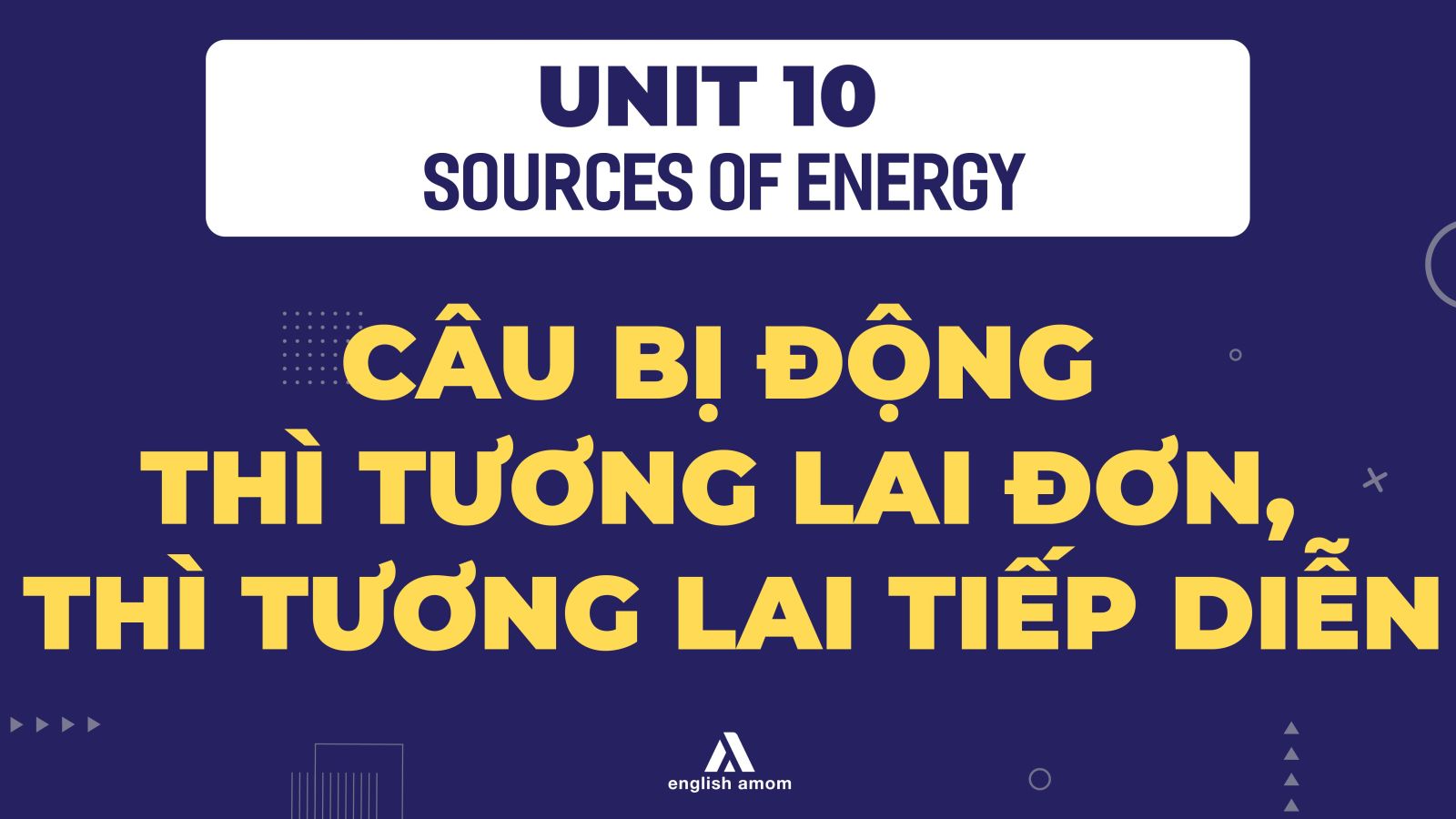
► Kênh hỏi đáp và giải thích thắc mắc kiến thức MIỄN PHÍ → truy cập LINK NHÓM: ENGLISH AMOM
► Kênh YOUTUBE hệ thống toàn bộ bài giảng CLIPS: truy cập LINK: ENGLISH AMOM CHANNEL
► Kênh TIKTOK: ENGLISH AMOM
I. LÝ THUYẾT
A. THÌ TƯƠNG LAI TIẾP DIỄN
1. Công thức
| Công thức | Ví dụ | |
| Thể khẳng định |
S + will + be + V-ing |
She will be playing games when you arrive. |
| Thể phủ định |
S + won’t + be + V-ing
|
They won't be living in New York next year. |
| Thể nghi vấn |
Will + S + be + V-ing? |
Will you be conducting this plan next week? |
2. Các cách sử dụng của thì tương lai tiếp diễn
► Diễn tả một hành động sẽ xảy ra vào một thời điểm nhất định trong tương lai.
Ex: This time tomorrow I'll be sitting on the plane for Paris.
► Dùng để nhắc đến các sự kiện trong tương lai đã được xác định hoặc quyết định
Ex: My teacher will be giving another lecture on shoes- making at the same time next week.
► Đề cập đến những sự kiện được mong đợi là sẽ diễn biến theo một tiến trình thường lệ (nhưng không diễn đạt ý định của cá nhân người nói).
Ex:You will be hearing from my secretary.
B. CÂU BỊ ĐỘNG THÌ TƯƠNG LAI ĐƠN
| Công thức | Ví dụ | |
| Thể khẳng định |
S + will + be + past participle (P.P) |
This email will be sent tomorrow. |
| Thể phủ định |
S + won’t + be + past participle (P.P) |
This parcel will not be sent tomorrow. |
| Thể nghi vấn |
Will + s + be + past participle (P.P)? |
Will This parcel be sent tomorrow? |
II. BÀI TẬP
1) Complete the sentences using the future continuous form of the verbs in brackets ( Page 41 )
1. On Sunday, they (put)............................ solar panels on the roof of our house to get power.
2. At 9 o'clock on Monday, we (take) ............................a test on sources of energy.
3. At this time next week, my dad (install)............................ new glass in the windows to stop heat escaping
4. By 2020, people in Viet Nam (spend) ............................ a lot of money on heating.
5. By the middle of the 21st century, people in developing countries (use) ............................energy from the sun, the wind, and the water.
ĐÁP ÁN:
|
1. will be putting |
2. will be taking | 3. will be installing |
| 4. will be spending | 5. will be using |
|
6) Change the sentences into the passive voice ( Page 42 )
Example:
We will use low energy light bulbs.
→ Low energy light bulbs will be used.
1. We will use waves as an environmentally friendly energy source.
→Waves will.............................................................................. .
2. They will install a network of wind turbines to generate electricity.
→ A network of wind turbines will ................................................ .
3. In the countryside, people will burn plants to produce heat.
→ In the countryside, plants will ................................................. .
4. We will reduce energy consumption as much as possible.
→ Energy consumption will........................................................... .
5. We will develop alternative sources of energy
→ Alternative sources of energy will .............................................. .
6. We will use solar energy to solve the problem of energy shortage.
→ Solar energy will ............................................................................ .
ĐÁP ÁN:
1. Waves will be used as an environmentally friendly energy source.
2. A network of wind turbines will be installed to generate electricity.
3. In the countryside, plants will be burnt to produce heat.
4. Energy consumption will be reduced as much as possible.
5. Alternative sources of energy will be developed.
6. Solar energy will be used to solve the problem of energy shortage.

